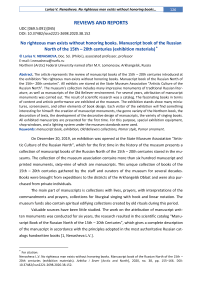No righteous man exists without honoring books. Manuscript book of the Russian north of the 15th - 20th centuries (exhibition materials)
Автор: Nenasheva Larisa V.
Журнал: Arctic and North @arctic-and-north
Рубрика: Reviews and reports
Статья в выпуске: 38, 2020 года.
Бесплатный доступ
The article represents the review of manuscript books of the 15th - 20th centuries introduced at the exhibition “No righteous man exists without honoring books. Manuscript book of the Russian North of the 15th- 20th centuries”. All exhibits are stored at the State Museum Association “Artistic Culture of the Russian North”. The museum’s collection includes many impressive monuments of traditional Russian literature, as well as manuscripts of the Old Believer environment. For several years, attribution of manuscript monuments was carried out. The result of scientific research was a catalog. The fascinating books in terms of content and artistic performance are exhibited at the museum. The exhibition stands show many miniatures, screensavers, and other elements of book design. Each visitor of the exhibition will find something interesting for himself: the creation of manuscript monuments, the genre variety of the Northern book, the decoration of texts, the development of the decorative design of manuscripts, the variety of singing books. All exhibited manuscripts are presented for the first time. For this purpose, special exhibition equipment, shop windows, and a lighting system under the museum standards were used.
Manuscript book, exhibition, old believers collections, pomor style, pomor ornament
Короткий адрес: https://sciup.org/148318412
IDR: 148318412 | УДК: [069.5:091](045) | DOI: 10.37482/issn2221-2698.2020.38.152
Текст научной статьи No righteous man exists without honoring books. Manuscript book of the Russian north of the 15th - 20th centuries (exhibition materials)
Part of the unique collection of written monuments is presented at the exhibition entitled “There is no righteous person without love for the book. A manuscript book of the Russian North of the 15th – 20th centuries.” It is unique in design. To show the book to visitors of the exhibition more fully, the author of the exhibition concept and the author of the exhibition, Honored Artist of the Russian Federation Alexey Grigoriev 1 presented the book at exhibition stands, where photographs of the brightest and most colorful spreads are given, which help to see the whole variety of the northern manuscript book (Fig. 1, 2).

Fig. 1. Exhibition start.
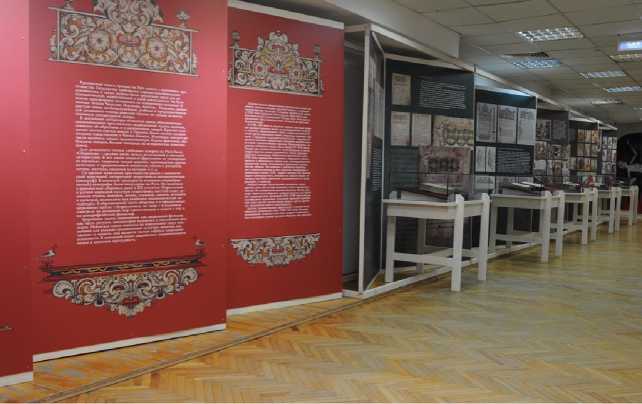
Fig. 2. Exhibition.
The initial period of work on the exhibition was the most difficult and long. It was neces- sary to get acquainted with the topic and structure of the manuscript books available in the muse- um's collection. The concept of the exhibition did not arise by chance. Manuscripts of spiritual and moral content selected for the exhibition had to be grouped by genre and emphasis on decoration, since in manuscript books, especially in the 18th century, color illustration began to play a dominant role concerning the text. To implement these ideas, the author has developed special exhibition equipment, display cases, and a lighting system that meets museum standards. The exhibition stands show many miniatures, screensavers, and other elements of book design. In the accompanying texts, the viewer receives additional brief information that goes beyond the visual range of the exposition. In the process of working on the exhibition, A.S. Grigoriev studied numerous works of scholars of the history of Russian literature, but the catalog “Manuscript Book of the Russian North of the 15th – 20th Centuries” served as the main conceptual and scientific foundation of the entire project.
Monuments of writing, which can be found at the exhibition, are united by one theme — the church reform of the 17th century. The relationship between the representatives of the official church and the Old Believers, the complexity and background of their Kholmogorsky ideological struggle, make it possible to better understand the polemic books “Spiritual Uvet” by Archbishop Afanasy and Pomor Answers Andrei Denisov. Both books are written in beautiful, illustrative, and richly decorated.
The manuscript book “Spiritual Uvet” presented at the exhibition, created in 1682, entered the museum in 1986 from the Church of the Nativity of Christ in the village of Priluki in the Onega district [1, Nenasheva L.V., p. 57–60]. “Spiritual Uvet” was written by Archbishop Athanasius of Kholmogory in a short time of 50 days, from July 5 to August 27, immediately after a public debate between supporters of the new faith and Old Believers on July 5, 1682, in the Faceted Chamber in the presence of royal family. The book is divided into two parts. The first sets out the history of the correction of liturgical books under Patriarch Nikon and the history of the schismatic rebellion of 1682 under the leadership of Nikita Pustosvyat, and also talks about the debate held in the Faceted Chamber between the supporters of the new faith and the Old Believers. The second part is organized according to the order of petitions submitted by the Old Believers in the Faceted Chamber on July 5, 1682 (Fig. 3, left exhibition stand).
The manuscript “Pomor Answers” is written by brothers Andrey and Simeon Denisov, monks of the Vygovsky monastery [1, Nenasheva L., pp. 80–84]. The creation of the book “Pomor Answers”, or “Answers of the Desert-bearers to the Questions of Hieromonk Neophytus”, was required in connection with the appearance of an Orthodox missionary in Olonets Uyezd, who asked the Old Believers 106 questions for a future dispute. A fairy tale was attached to the questions, obliging us to write answers to the questions asked in a short time. In this essay, the main points of the Old Believer doctrine are formulated. There, questions about old and new liturgical books, about ritual differences, and problems of a dogmatic nature are examined in detail. The “Pomor
Answers” spread across Russia in a large number of lists, becoming a "desk" book for Old Believ- ers.
The book “Pomor Answers” was written in 1723, written in a picturesque charter, it has a luxurious design using gold. The title page contains the name of the book, which is placed in a splash screen-frame, decorated in a Pomor style. On the margins of many leaves, hands were painted in a blessing gesture, made with watercolors of various colors. Refined initials, decorated with plant processes and written in gilding, are a real decoration of this monument of writing (Fig.
-
3, 4).
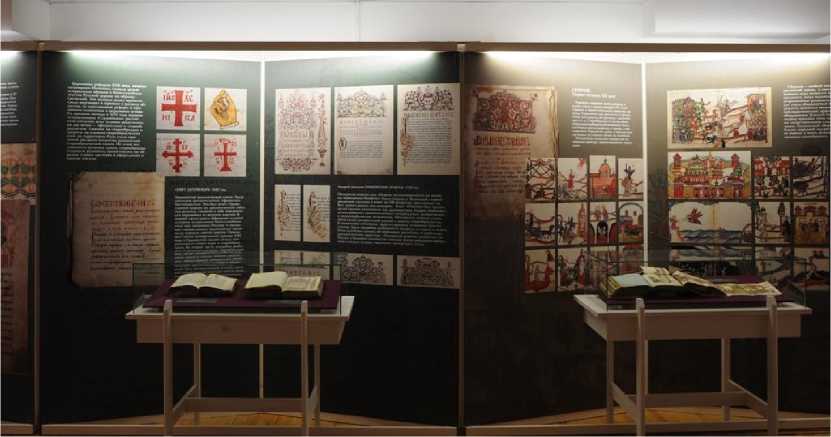
Fig. 3. At the left exhibition stand, information is given about the books “Spiritual Uwe” and “Pomor Answers”; at the right stand, an Old Believer collection is presented.
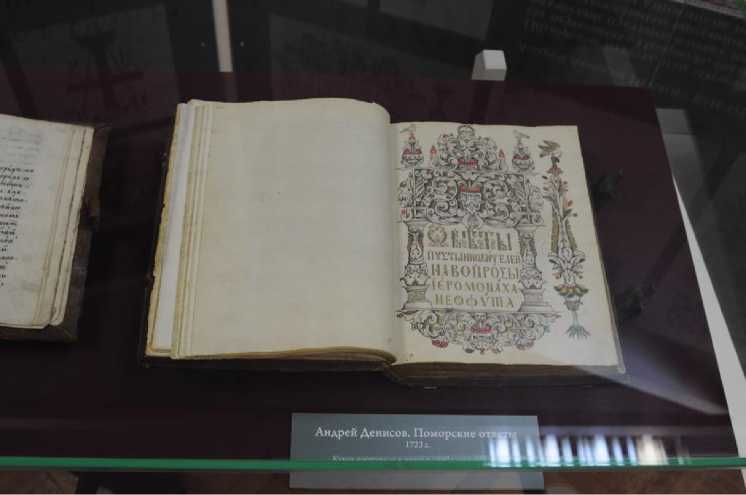
Fig. 4. Andrey Denisov. “Pomor Answers”. At the head of the book is a Pomor-style frame saver in which the name of the book is inscribed.
As a result of the church schism among the Old Believers, books of the most interesting composition, content, and design appeared. Several written monuments presented at the exhibition are Old Believer's facial collections: “Collection” of the first quarter of the 19th century (white date -1815) 2. The written chapters are in the first part of the collection, which set out the rules of the post-reform church. And in the second are the moralizing stories, "Collection of Old Believer moral instructional content" of the second half of the 19th century, "Collection of the Old Believers' front" of the end of 19th — beginning of 20th century, and “Flower bed facial” of 1910 indicated by the author-creator of the book Egor Orlov [1, Nenasheva L.V., pp. 177–207, 254–279, 294–312, 331–365]. In addition to the handwritten collections, the exhibition also presented the non-illustrated “Collection of words, teachings and patericon news” of the second half of the 18th century [1, Nenasheva L.V., pp. 90–95] (Fig. 5).
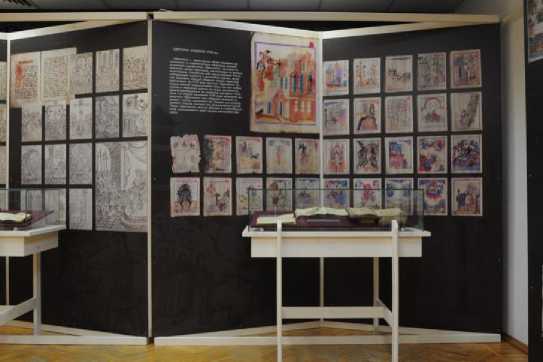
Fig. 5. At the stand is a handwritten collection of small religious noted 1910.
All collections are similar in composition. They include extracts from various church books and works of translated literature: moralizing novels from the books “The Great Mirror” and “Alpha and Omega”, articles from paterikas and Prologue, extracts from the Gospels of Matthew and Luke, and the writings of the church fathers. When selecting legends and stories in the collection, the compilers set one goal — to create a pious reader religion-edifying book. The collections are distinguished by the richness of the topic, which covers all aspects of human life (Fig. 6).
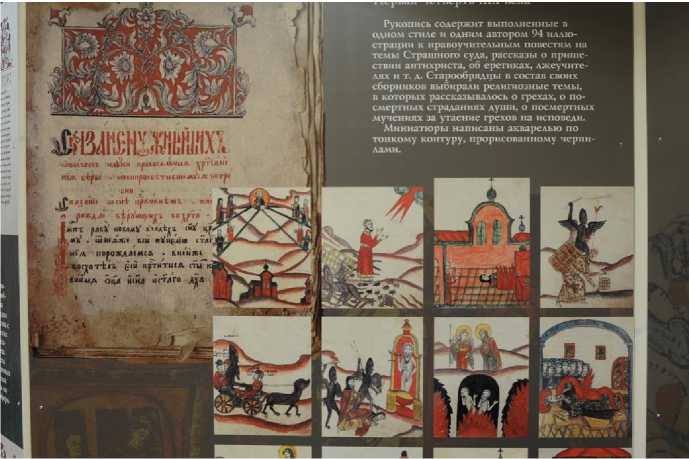
Fig. 6. Pages from the "Collection" of the first quarter of the 19th century.
The stories are heterogeneous in size: there are small parables, there are detailed stories on several pages. The most common type of story is a short story that occupies a page. Illustrations are attached to all the novels, i.e., large stories are illustrated with several miniatures. The outline of the thumbnails is subtly drawn in ink and painted with watercolors. In each collection, all the miniatures are made in the same style and, probably, by one author. In the "Collection" of the beginning of the 19th century, there is a panorama of the Garden of Eden and the palace, which reaches 120 cm length (Fig. 7).
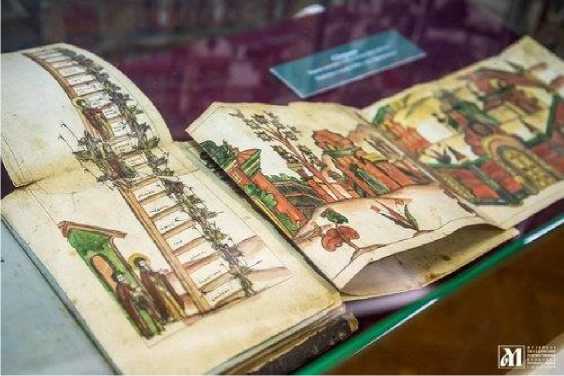
Fig. 7. Staircase and Garden of Eden from the Collection of the first quarter of the 19th century.
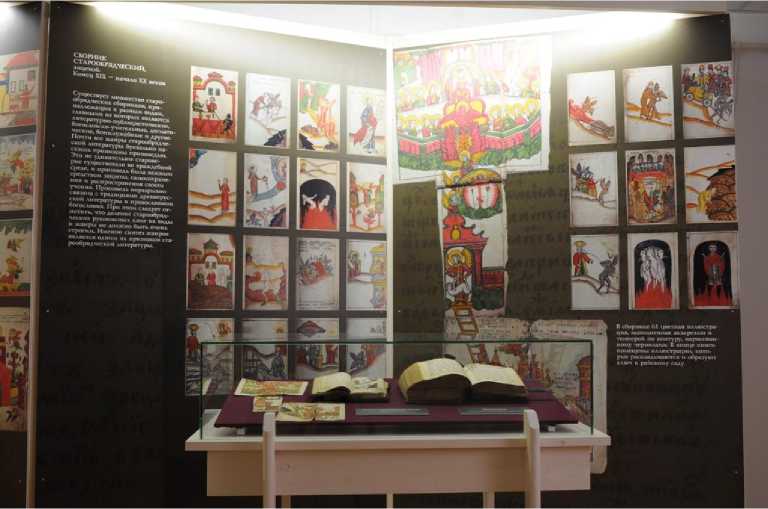
Fig. 8. Pages from the “Collection of the Old Believers' front” of the late 19th — early 20th century.
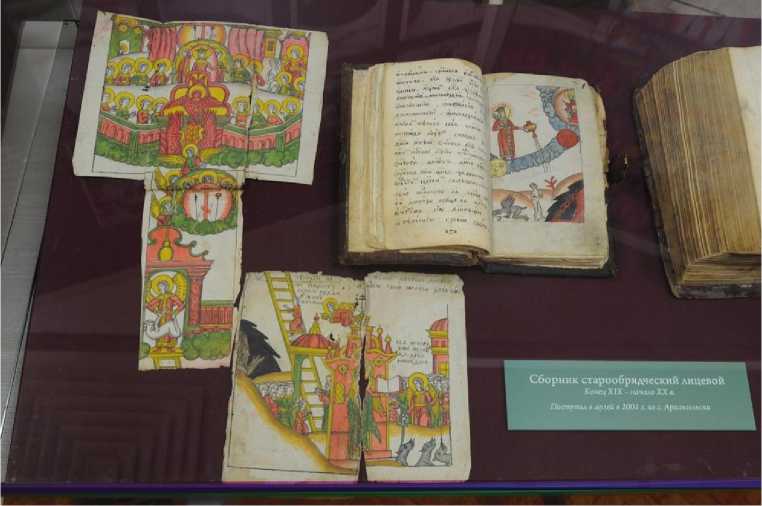
Fig. 9. “Collection of Old Believers' obverse” of the late 19th — early 20th century.
In all handwritten book’s collections, there is a drawing of a staircase, on the steps of which sins were written. The image of the ladder, or staircase, goes back to the well-known vision in the dream of Jacob from the book of Genesis, chapter 28. The image of the staircase is the main one in the work of John of Sinai “The staircase”, which was written as a guide to monastic life. “Ladder” was a famous and beloved book in Russia. Its plots were popular among Russian writers and poets. Some chapters from “Ladder” were published in pre-revolutionary magazines for home reading and pedagogical education purposes. The image of the stairs was popular among the Old Believers. The “Collection of Old Believers' Obverse” (end of the 19th — the beginning of the 20th century) at the end of the book are illustrations that make up the key to the Garden of Eden. The key is put in the display case and presented on the stand (Fig. 8, 9).
At a separate exhibition stand, photocopies of illustrations with the torments of sinners from the Collection of the Old Believers' Facial are exhibited (Fig. 10).
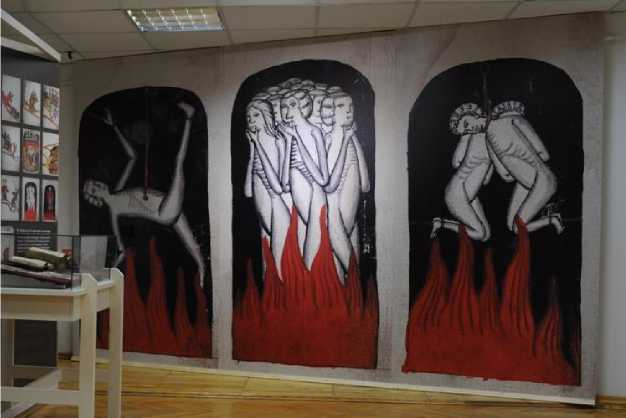
Fig. 10. Photocopies of illustrations with the torments of sinners from the Collection of Old Believers' handwritten books.
The image of the staircase is also depicted in the "Collection of texts on the paths of perfection and spiritual ordeal", the first quarter of the 19th century (white date — 1816) [1, Ne-nasheva L.V., pp. 210–218]. The book consists of notebooks with text and drawings that illustrate the text. The collection includes three works. The first part is written out from the book “Flower garden of Abba Dorotheus”, chapter 18. The main part of the manuscript and the largest is the vision of the monk Gregory about the ordeals of blessed Theodora, written off from “The Life of Vasily the New”. The miniatures contained in the book illustrate the bulk of the manuscript. Four folding illustrations are painted with watercolors of various colors on paper, duplicated on fabric. A general view of the composition is butt-glued sheets in the form of a key consisting of a beard, a rod, and a head. The middle part of the key (rod) is a ladder of 60 numbered steps. Nine people climb them at different heights. To the right of the steps are the commandments. The third part of the book is the teaching of the holy father Nifont, as befits Orthodox Christians at a meal (Fig. 11).
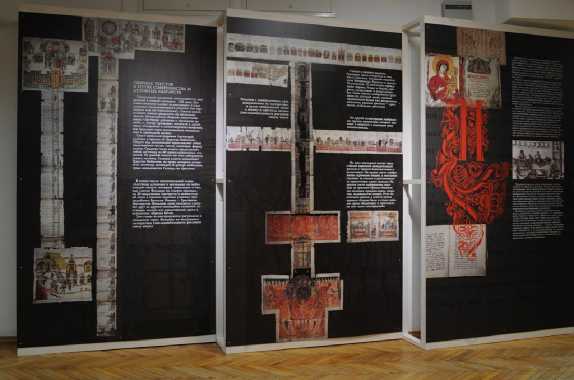
Fig. 11. A stand with information about the “Collection of texts on the paths of excellence and spiritual ordeals”, the first quarter of the 19th century.
Among the Old Believer collections, the apocryphal collection “The Passion of Christ” stands out, which tells about the last days of the earthly life of Jesus Christ, his crucifixion, resu r-rection, and descent to hell. The basis of the collection was composed of several apocryphal legends. E.g., the base of the story of Christ's descent into hell and the knowledge of the great forefathers is taken from the so-called “Gospel of Nicodemus” (2nd century). At the exhibition, you can get acquainted with two unique manuscripts: one was written at the end of the 18th century (white date 1783–1788) [1, Nenasheva L.V., pp. 121–132], the second — in the second half of the 19th century [1, Ibid., pp. 280–293]. Both books are richly illustrated with miniatures deco- rating each chapter of the book (Fig. 12, 13).
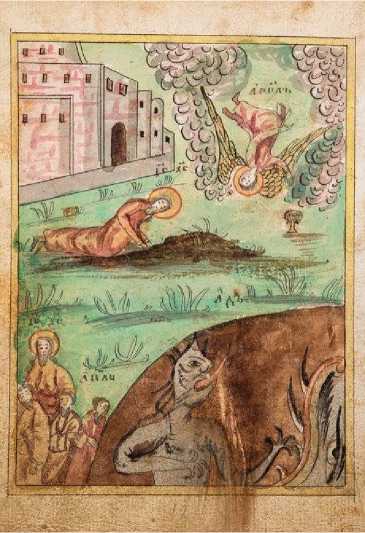
Fig. 12. The “Passion of Christ” of the late 18th century.
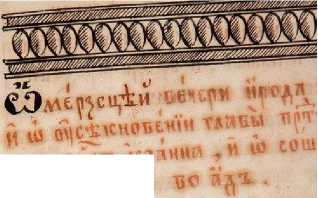
> *VA« T^un иг
ГДЛМ^ И^О^ '^к с^оемох| течеум jrsoy Ums. су ohms. и чьи И СЧИ^НШИНИМ1!- ТЗ и имидов WS. нем 1ДД|с6нМИ ^^А0^ онАели ^ и т^н^саи не и ^С^ниуу ^МНЙ MOY( НИЧЛ 11|Яр1 иро^^° 01Аt 4G0H^it , и ио«л^ ^^
Fig. 13. “Passion of Christ” of the 2nd half of the 20th century.
The museum collection of manuscripts contains several singing books in which God-official texts are supplemented by hook notes. Hook books that have come down to us include the full version of chants corresponding to prayer communion with God according to rhythm, character, and duration. These are “Irmologii” and “Oktoikh”, “Household”, “Holidays”, and singing collections [1, Nenasheva L.V., pp. 136–141, 170–173, 160–166]. The writing monument “Holidays” is decorated with a beautiful Pomor ornament, the motifs of which are associated with the natural elements of the northern region: raspberries, blueberries, lingonberries, columns, twined currant leaves in a stylized vase, gulls with branches of berries in their beaks (Fig. 14).
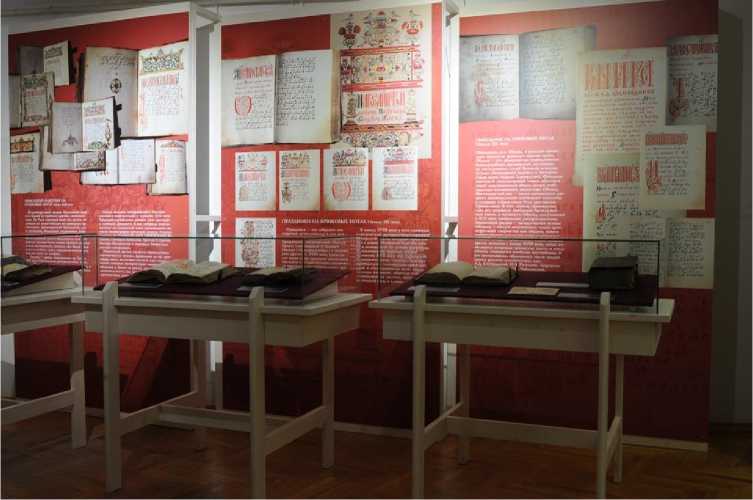
Fig. 14. Exhibition stands with information about singing books on hook notes.
The exhibition also exhibits the most ancient books of the museum collection. It is the Prologue of the late 15th century. The manuscript was received by the museum in 1973 from an expedition to the Kargopol district. The Museum Program in its composition refers to the September half. It includes brief lives of all Orthodox saints and martyrs revered in Russia and the Slavic countries, and stories about the most important church holidays from September to February. All these texts are distributed by the days of the year and by months in accordance with the Orthodox Monthly Word. The prologue was written at the end of the 15th century, in the north of Russia, as evidenced by the linguistic and artistic features of the manuscript [1, Nenasheva L.V., pp. 10–13].
In the window with the monument to the writing “Passion of Christ”, visitors to the exhibition can see the Gospel of the tetras (or the Four Gospels) 3 late 15th century — the beginning of the 16th century [1, Nenasheva L.V., pp. 14–15], as well as the Apostle of the first half of the 16th century, the book includes texts from the New Testament book “Epistles of the Apostles” [1, ibid., pp. 16–17].
As studies have shown, all the books stored in the collection of the museum association and presented at the exhibition were created in the northern territory of the Russian state. This is evidenced by the northern dialectic features noted in the texts of books; this is also confirmed by the data of the paper on which the books were written. Paper was often brought from the same factories: in books until the 18th century, mainly Dutch paper with fillets “Glove” or “Hand”, “Pitcher”, “Head of the jester”, “Coat of arms of Amsterdam” and “ProPatria” was used. In the written monuments of the 18th – 19th centuries, “white dates” and letters of factory owners are often marked on paper, according to which it was established that paper was used from factories and manufactories in the nearest regions: Arkhangelsk, Velsk, Vologda, and Yaroslavl. The exhibition exhibits a monument of writing dated back to 1839, “The Months, September-August,” written on paper from the first Arkhangelsk factory, which lasted from 1820 to 1865. On the pages of the book, you can see the white date of 1834, and also in the middle of one sheet you can see the letters ARKHAN and the numbers 1-8, on the other sheets you can see the letters ELSK, in the upper field of the sheet the numbers 3 4. On l. 4, 102 — the letter F, on l. 5 — letter A, in ll. 2, 118, 149 — the letter D, in the form D, are the initials of the factory owner: Afanasy Demidov [1, Ne-nasheva L., pp. 228–231; 2, Nenasheva L.V., p. 218].
The exhibition stand that closes it is a collage made up of miniatures taken from Old Believers' personal collections. The author of the exhibition A.S. Grigoriev combined paintings of the Garden of Eden from various sources and showed all the beauty and charm of paradise life. Traditional old Russian colors — red, green, yellow — so often used in northern books, began to play juicy, bright, and elegant. At the bottom of the booth, the artist depicted scenes of hellish torments and fiery hell, combining them with paintings of paradise, which was not typical for collections (Fig. 15, 16).
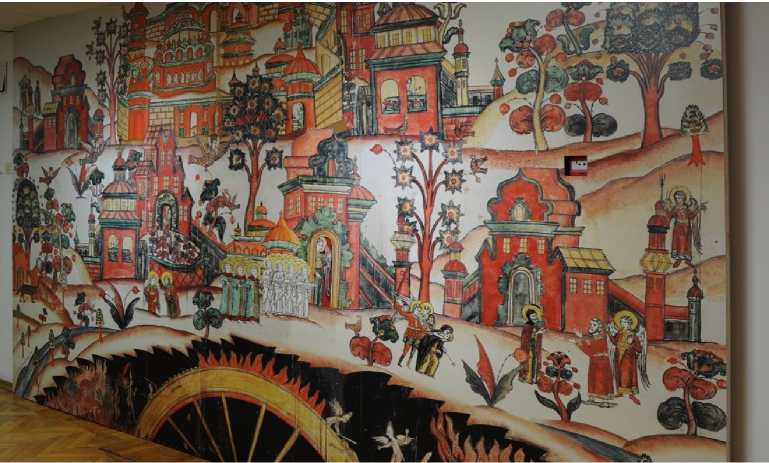
Fig. 15. Scenes of the Garden of Eden and Hell Paintings Compiled by the artist A.S. Grigoryev.

Fig. 16. A fragment of the picture.
We hope that the exhibition “There is no righteous person without love for the book”, which runs until June 2020, will arouse great interest among admirers of the northern book. The northern manuscript book is an important part of Russian spiritual literature, and these books have incorporated the best examples of Russian and Byzantine medieval literature and culture. Each book is interesting both for a wide audience of visitors and for connoisseurs of the Russian book and the decoration of manuscripts.
Acknowledgments and funding
The publication of the scientific catalog and exhibition design was supported by the Ministry of Culture of the Arkhangelsk Oblast.
Список литературы No righteous man exists without honoring books. Manuscript book of the Russian north of the 15th - 20th centuries (exhibition materials)
- Nenasheva L.V. Rukopisnaya kniga Russkogo Severa XV–XX vv. v sobranii Gosudarstvennogo mu-zeynogo ob"edineniya «Khudozhestvennaya kul'tura Russkogo Severa». Nauchnyy katalog [Russian North handwritten book of the 15th-20th centuries in the collection of the Russian state Museum As-sociation “Artistic culture of the Russian North”. Scientific catalog]. Moscow, Severnyy palomnik, 2019, 392 p. (In Russ.)
- Nenasheva L.V. Vodyanye znaki i shtempeli na bumage severnykh rukopisnykh knig XV–XX vekov [Wa-termarks and stamps on the paper of Northern handwritten books of the 15th-20th centuries]. Russ-kiy yazyk: istoriya, dialekty, sovremennost': sbornik nauchnykh statey po materialam dokladov i soob-shcheniy konferentsii [Russian language: history, dialects, modernity: collection of scientific articles based on reports of the conference]. Moscow, IIU MGOU Publ., 2019, vol. XVIII, pp. 212–221. (In Russ.)

